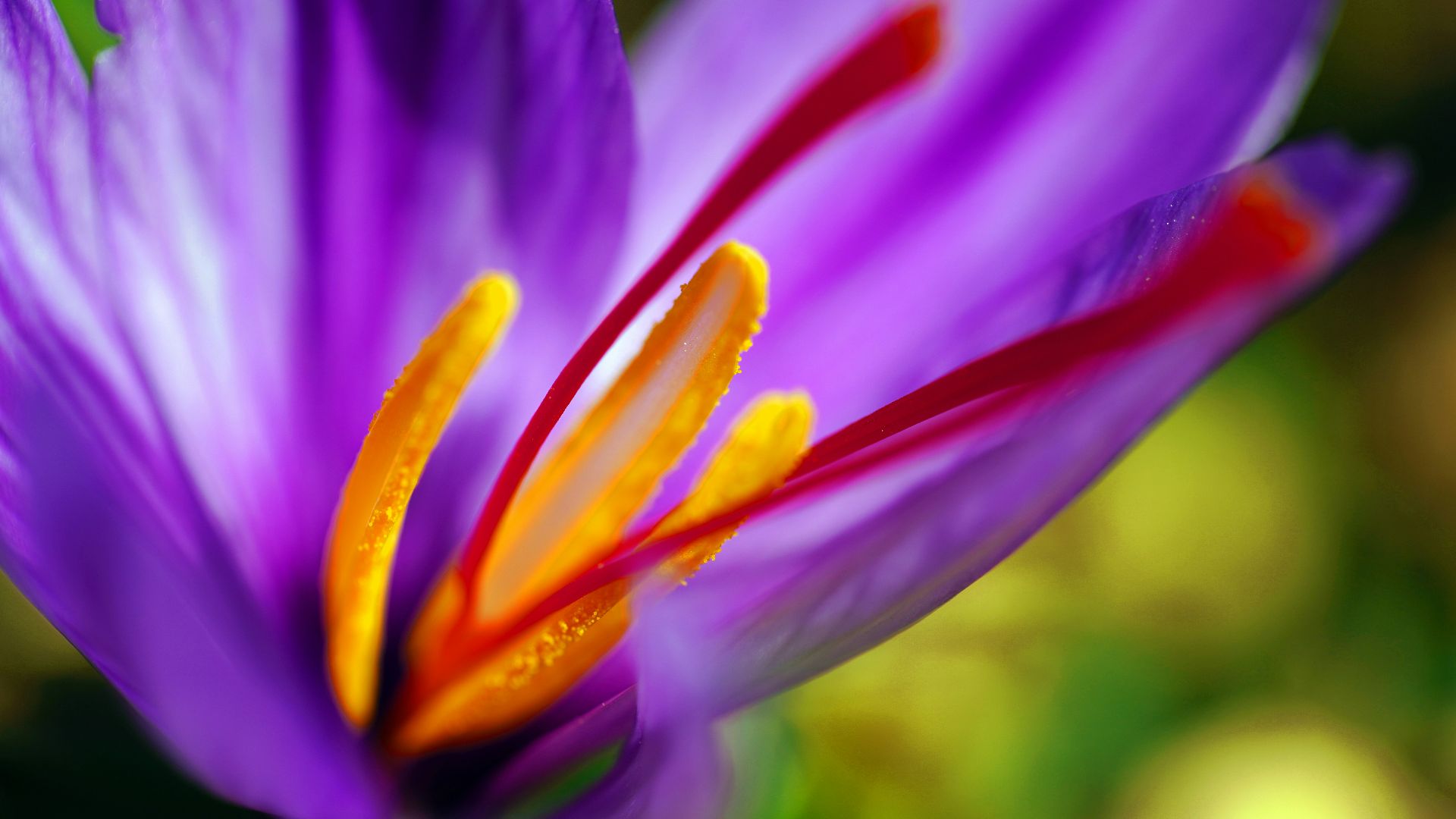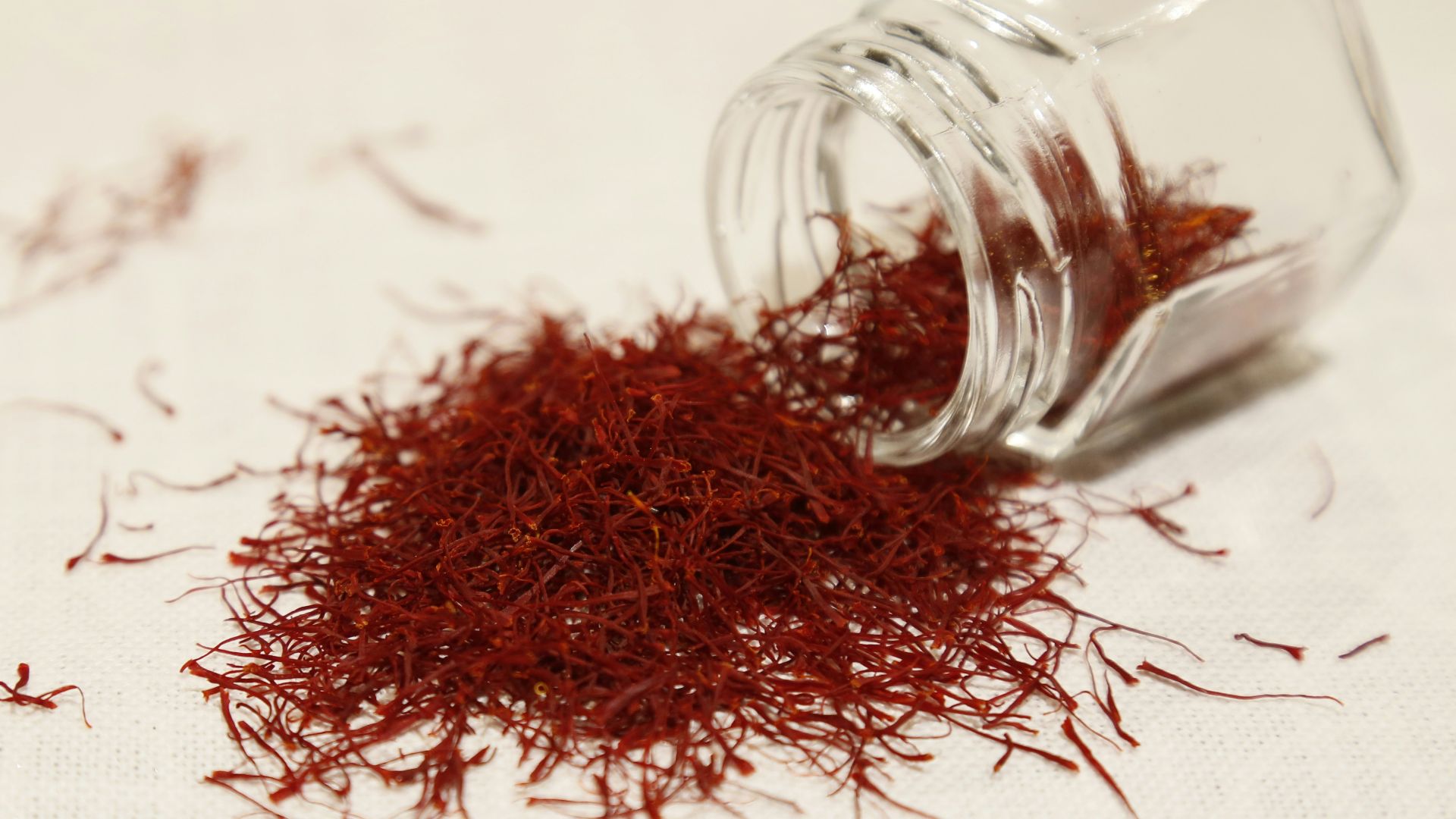While the saying goes "worth its salt", it really ought to be "worth its saffron". Costing over $10,000 per pound, saffron is the world's most expensive spice in the world by a wide margin. Used in dyes, perfumeries, and, of course, cooking throughout history, saffron is known as "red gold" for a reason, and its subtle taste is synonymous with luxury.
However, the reason behind saffron's prestige might surprise you. It isn't difficult to find—most major grocery stores stock a jar or two in their spice aisles for shoppers with deep pockets—but it is extremely difficult to harvest. From picking those illusive red threads to grinding them in the kitchen, saffron isn't just the most expensive spice on the planet, it's also the most labor-intensive.
More Precious Than Gold
Native to the eastern Mediterranean, saffron has been cultivated for more than 3500 years. Crocus sativus, the plant that gives us saffron, is notoriously finicky. Saffron demands careful cultivation in a dry, semi-arid environment.
The bright purple crocus sativus flowers bear little resemblance to the bright red spice you see in stores. That is because saffron does not come from the flower's petals. Rather, these needle-fine threads are the stigma—the female organ—of the plant.
Each beautiful flower produces only three stigmata. Yes, you read that right. To produce one gram of saffron, you have to harvest about 170 flowers.
Time is of the essence when harvesting saffron. The plant lays dormant for most of the year, only blooming for two of three weeks in mid-autumn. But that isn't the only catch.
The flowers only live for 48 hours. They open at first light but wilt with too much sun. So, if you want to harvest saffron, you have to be quick.
Once the flowers are collected, they're taken to a warehouse to be processed. There, the stigmata are plucked from each flower either by hand or tweezers. Saffron is too delicate to be harvested by machines, it requires manual labor.
That's the real reason why saffron is so expensive. Not only because a small amount can be harvested at a time, but because you cannot cut corners at any point in the production process. If there was a way to automate saffron cultivation, we likely would have found one by now.
How To Use Saffron (And Spot Fakes)
It only takes a taste to understand why saffron is so prized. The flavor is subtle yet complex, almost impossible to pin down. Saffron has the sweetness of honey and the pungent profile of soil; its intoxicating aroma is as important to a dish as its taste.
Saffron's warm and earthy taste is the star of the show in dishes from the Mediterranean. It's used in Spanish paella, Italian risotto alla milanese, and Moroccan tagines. You can even use saffron is desserts such as ice cream!
Despite its hefty price, you only need a pinch of saffron to make a dish shine. To get your money's worth, grind your saffron using a mortar and pestle. Then, bloom the ground saffron by adding it to a small amount of broth or warm water, stirring, and letting it steep. This may seem like a lot of extra work, but saffron works best through liquid.
Don't think that buying ground saffron will make things easier. Unscrupulous vendors will mix a small amount of saffron with safflower or corn silk dyed red and pass it off as genuine saffron. While buying authentic saffron threads may require more work, it will make your dishes all the more flavorful.
There are a few other ways to tell real saffron from fake.
First, cost. We've already gone over why saffron is so expensive, typically retailing at $10 for a gram. Anything less than that should be treated with suspicion. If it's too good to be true, it probably is!
Next, smell. Saffron has a distinct aroma—honeyed and sweet—that's been used in perfumes since Cleopatra's time. Fake saffron often carries notes of tobacco or metal from additives.
Lastly, and most importantly, color. Real saffron threads vary in color from dark red to slightly yellow, a color which fakes replicate through dye. Place a few threads in hot water and wait; if they lose their color, dyeing the water red, then you've been scammed.
Now that we've covered what make's saffron so expensive, along with how to use it, and how to spot fakes, there's no excuse for not trying it yourself! Go forth and impress your friends at your next dinner party.










